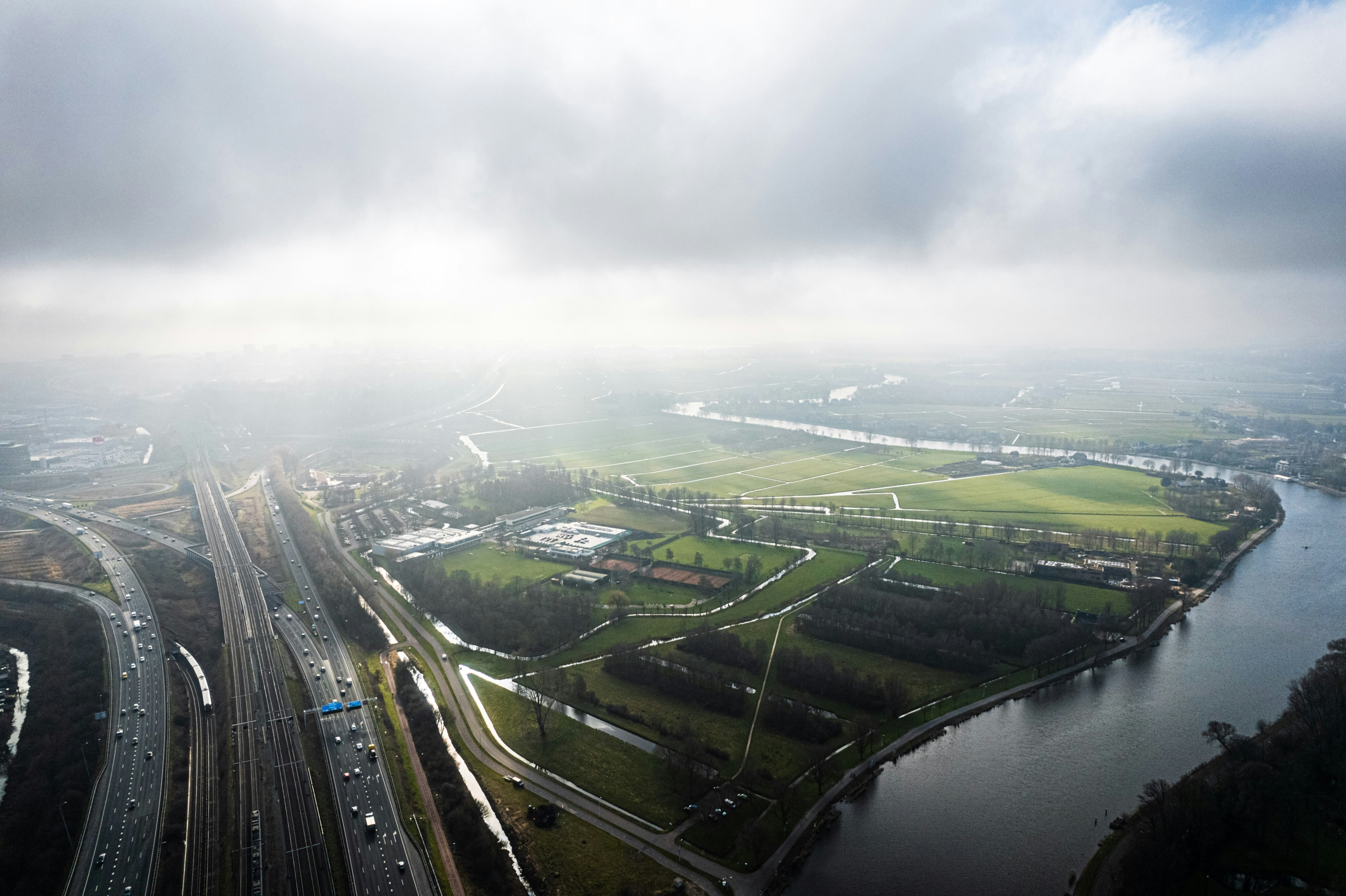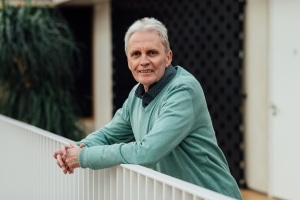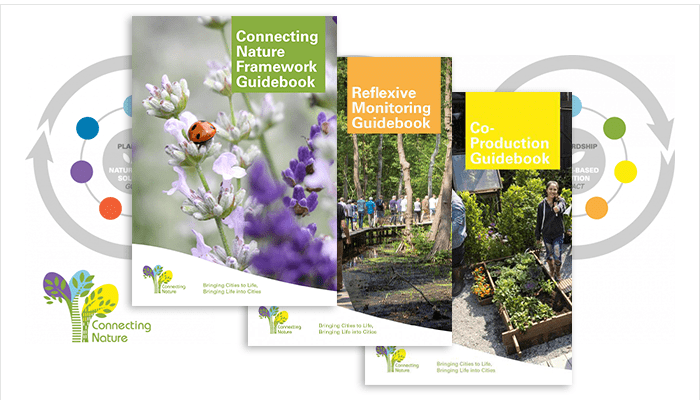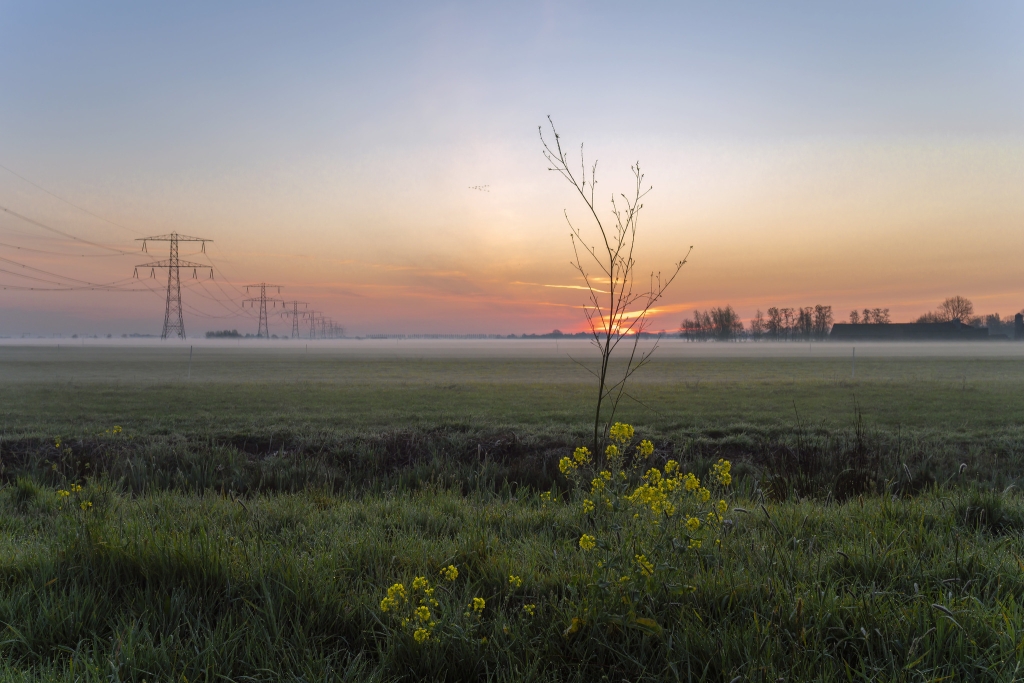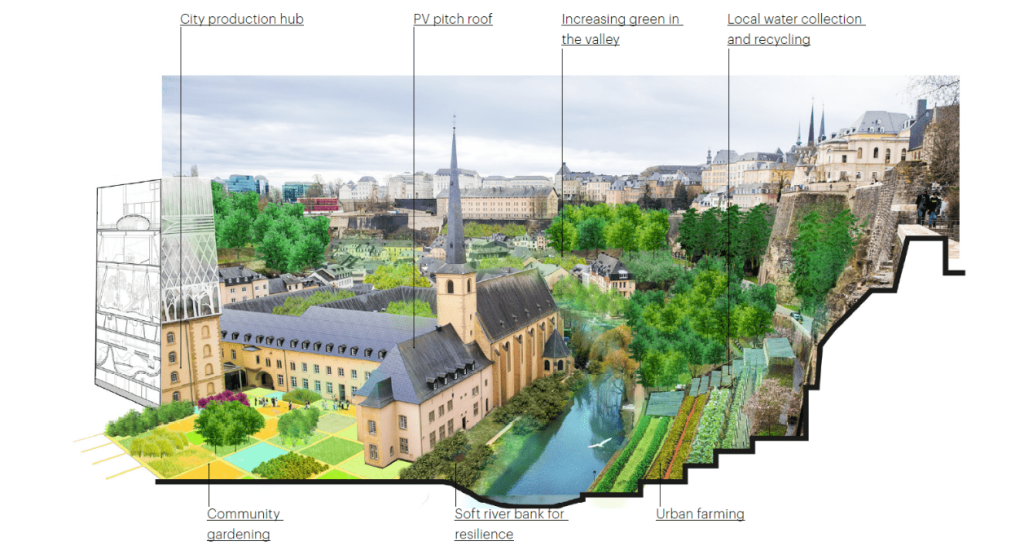(deze projectomschrijving is in het Engels)
When it comes to area development, climate adaptation is often considered an add-on or a nice-to-have, but it should be non-negotiable! It’s this conviction that drove DRIFT to join a multidisciplinary team led by One Architecture as part of the Resilience by Design MRA project. Its central question: how can we include climate change in spatial development? The end result: four demonstration projects in the Amsterdam Metropolitan Area (MRA, Metropoolregio Amsterdam).
Between April and August 2020, two multidisciplinary teams worked on Resilience by Design, Amsterdam Metropolitan Area. While another team was devoted to the rural areas, our team (led by One Architecture and featuring Smartland, Arcadis, Overmorgen, DRIFT, University of Pennsylvania and Climate Adaptation Partners) focused on the urban area of the MRA.
The central question: how can investment decisions in MRA developments be made climate-adaptive?
Urban Demonstration Projects
To answer this question, our team developed four different demonstration projects: Almere Pampus (greenfield development in the deep ‘polder’), Amsterdam Haven-Stad (high density new construction in an urban hotspot), Beverwijk Business Docks (transformation of an industrial zone along the inner dune edge) and Haarlem-Schalkwijk (transformation of post-war residential area within the ‘polder’).
DRIFT and Haarlem-Schalkwijk
Drawing on DRIFT’s experience with for example participatory nature-based solutions, the Haarlem-Schalkwijk project links water and heat strategies. It proposes to use the necessary rejuvenation of the district’s tree stock, together with proposed small shifts in public space, to increase climate resilience. The project provides an opportunity for the municipality to intentionally build capacity in organizing area development processes that are climate adaptive among the various departments, investors, and the local population. Furthermore, the sustainable tree strategy delivers a multitude of ecosystem services, and the costs of redevelopment in the area are considerably lower than alternative measures. This project can serve as a case to illustrate the multiple benefits of participatory climate adaptation area development processes.
General findings: It’d be foolish not to
The demonstration projects showed that climate adaptive area development is already possible, and that it creates opportunities to link to other sustainability issues, such as the energy transition, circular economy, and improved mobility. Moreover, the projects led to the conclusion that climate adaptation can create more attractive cities and landscapes and healthier living environments
However, it was also concluded that, despite the enthusiasm of several stakeholders, some ‘traditional’ parties still are hesitant to include this long-term thinking in their policy, in part because of wrong incentive structures, and in part for lack of capacity.
Therefore, the next steps are to convince hesitating stakeholders to leave this ‘penny-wise, pound-foolish’ mentality and to involve non-traditional stakeholders (for example health and risk insurance companies) to start up the demonstration projects.
